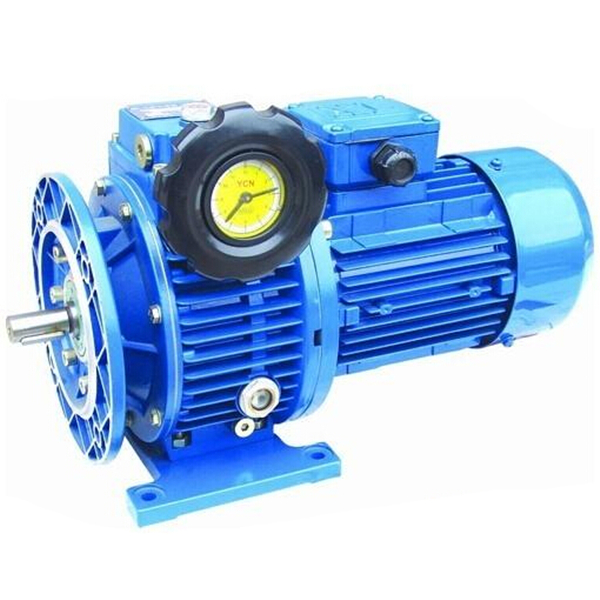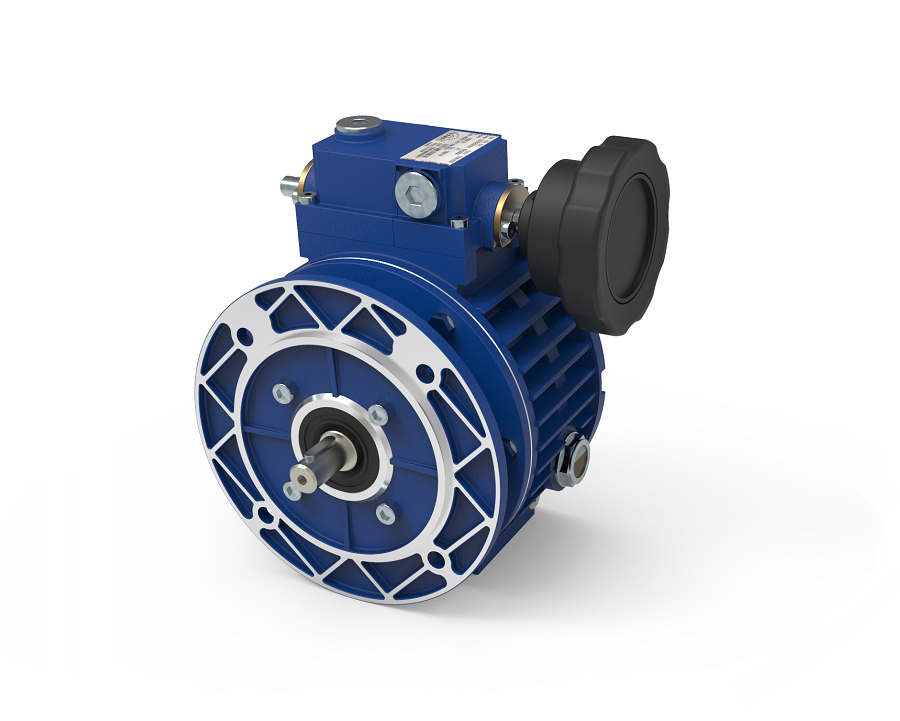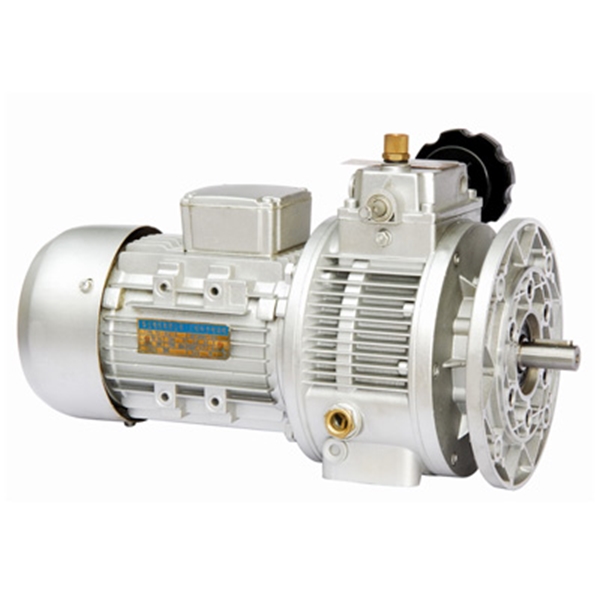Product Description
Planetary Gearbox AB Series Square Flange Helical Bevel Planetary Transmission Gearboxes Servo Motor
Product Overview:
Precision planetary gear reducer is another name for planetary gear reducer in the industry. Its main transmission structure is planetary gear, sun gear and inner gear ring.
Compared with other gear reducers, precision planetary gear reducers have the characteristics of high rigidity, high precision (single stage can achieve less than 1 point), high transmission efficiency (single stage can achieve 97% - 98%), high torque/volume ratio, lifelong maintenance-free, etc. Most of them are installed on stepper motor and servo motor to reduce speed, improve torque and match inertia.
AB series precision planetary gear box reducer AB60/90/115/142/180/220
features:
AB-series reducer features:
1. Helical gear design The reduction mechanism adopts the helical gear design, and its tooth shape meshing rate is more than twice that of the general spur gear, and has the characteristics of smooth operation, low noise, high output torque and low backlash
2. Collet type locking mechanism The connection between the input end and the motor adopts a collet-type locking mechanism and undergoes dynamic balance analysis to ensure the concentricity of the joint interface and zero-backlash power transmission at high input speeds
3. Modular design of motor connection board The unique modular design of the motor connecting plate and shaft is suitable for any brand and type of servo motor;
4. Efficient surface treatment technology The surface of the gearbox is treated with electroless nickel, and the connecting plate of the motor is treated with black anodic treatment to improve the environmental tolerance and corrosion resistance
5. One-piece gearbox body The gearbox and the inner ring gear adopt an integrated design, with compact structure, high precision and large output torque
6. Accurate concentricity of gear bar The sun gear made of the whole gear bar has strong rigidity and accurate concentricity
7. Solid, Single piece sun gear construction obtains precise concentricity with increased strength and rigidity. 8.Precision taper roller bearing support to increases radial and axial loading capacity.
Our Advantages
SERIES: AB/ ABR/ AD/ADS/ ADR/ AF/ AFR/ AFX/ AFXR/ AE/ AER/ AE/ AERS
PLF series, PLE series, ZPLF series, ZPLE series, AB series, ABR series and many other models are available.
Product Description
Planetary Gearbox AB Series Square Flange Helical Bevel Planetary Transmission Gearboxes Servo Motor
Advantages of the planetary gearbox:
Low backlash
High Efficiency
High Torque
High Input Speed
High Stability
High Reduction Ratio
Product Parameters
|
Name |
High Precision Planetary Gearbox |
|
Model |
AB042, AB060, AB060A, AB090A, AB115, AB142, AB180, AB220 |
|
Gearing Arrangement |
Planetary |
|
Effeiency withfull load |
≥97 |
|
Backlash |
≤5 |
|
Weight |
0.5~48kg |
|
Gear Type |
Helical Gear |
|
Gear stages |
1 stage, 2 stage |
|
Rated Torque |
14N.m-2000N.m |
|
Gear Ratio One-stage |
3, 4, 5, 6, 7, 8, 9, 10 |
|
Gear Ratio Two-stage |
15, 20, 25, 30, 35, 40, 45, 50, 60, 70, 80, 90, 100 |
|
Mounting Position |
Horizontal (foot mounted) or Vertical (flange mounted) |
|
Usage |
stepper motor, servo motor, AC motor, DC motor, etc |
Applications
Company Profile
Certifications
Packaging & Shipping
/* January 22, 2571 19:08:37 */!function(){function s(e,r){var a,o={};try{e&&e.split(",").forEach(function(e,t){e&&(a=e.match(/(.*?):(.*)$/))&&1
| Hardness: | Hardened Tooth Surface |
|---|---|
| Installation: | Vertical Type |
| Layout: | Coaxial |
| Gear Shape: | Planetary |
| Step: | Single-Step |
| Type: | Ab Series Gearbox, Gear Reducer |
| Samples: |
US$ 100/Piece
1 Piece(Min.Order) | |
|---|
How does the design of variators contribute to energy savings and reduced emissions?
Variators are designed with several key features and mechanisms that contribute to energy savings and reduced emissions. These design aspects focus on optimizing power transmission efficiency, reducing mechanical losses, and enabling better control over the powertrain. Here's a detailed explanation of how the design of variators contributes to energy savings and reduced emissions:
1. Continuously Variable Transmission (CVT) Design:
Variators, particularly those used in CVTs, offer a continuously variable gear ratio, allowing the engine to operate at its most efficient speed for a given driving condition. Unlike traditional transmissions with fixed gear ratios, CVTs enable the engine to stay within its optimal power band, resulting in improved fuel efficiency. The continuously variable nature of CVTs ensures that the engine can maintain an optimal RPM (revolutions per minute) regardless of the vehicle speed, reducing unnecessary fuel consumption and emissions.
2. Friction Reduction:
Variators are designed to minimize friction and mechanical losses in the power transmission system. Friction reduction measures, such as the use of low-friction materials, improved lubrication systems, and optimized bearing designs, help to minimize energy losses during power transmission. By reducing friction, variators improve the overall efficiency of the powertrain, allowing more energy from the engine to be effectively transferred to the wheels or driven machinery, resulting in energy savings and reduced emissions.
3. Lightweight Construction:
The design of variators focuses on lightweight construction using materials that offer high strength and durability. By reducing the weight of variators, the overall weight of the vehicle or machinery can be reduced. A lighter vehicle or machinery requires less energy to accelerate, decelerate, and operate, resulting in improved energy efficiency. Additionally, lighter components in variators also contribute to reduced mechanical losses and improved overall system efficiency.
4. Efficient Power Flow:
Variators are designed to ensure efficient power flow from the engine to the wheels or driven machinery. They are engineered to minimize power losses during transmission, ensuring that a maximum amount of power is delivered to the wheels or machinery. By optimizing power flow, variators help to reduce energy waste and improve overall energy efficiency, resulting in energy savings and reduced emissions.
5. Advanced Control Systems:
Modern variators often incorporate advanced control systems that optimize power delivery and engine operation. These control systems continuously monitor various parameters, such as throttle input, vehicle speed, and engine load, and adjust the gear ratio accordingly. By precisely controlling the powertrain, variators help to minimize unnecessary fuel consumption and emissions. Additionally, advanced control systems can also facilitate regenerative braking and energy recovery, further enhancing energy savings and reducing emissions.
6. Integration with Hybrid and Electric Powertrains:
Variators are designed to integrate seamlessly with hybrid and electric powertrains. In hybrid vehicles, variators play a crucial role in efficiently transferring power between the internal combustion engine and the electric motor. They enable smooth transitions between different power sources, optimizing energy usage and reducing emissions. In electric vehicles, variators are often used in conjunction with single-speed transmissions to provide efficient power delivery from the electric motor to the wheels, contributing to energy savings and reduced emissions.
7. Compliance with Emission Regulations:
The design of variators takes into account emission regulations and standards imposed by regulatory bodies. Manufacturers ensure that variators meet or exceed these regulations by incorporating features that minimize emissions and improve fuel efficiency. This includes optimizing gear ratios for reduced fuel consumption, implementing efficient control systems, and utilizing technologies such as regenerative braking and energy recovery. By complying with emission regulations, variators contribute to reduced emissions and environmental impact.
In conclusion, the design of variators incorporates features that optimize power transmission efficiency, reduce mechanical losses, and enable better control over the powertrain. These design aspects, such as continuously variable transmission design, friction reduction, lightweight construction, efficient power flow, advanced control systems, integration with hybrid/electric powertrains, and compliance with emission regulations, contribute to energy savings and reduced emissions. By improving overall system efficiency and optimizing power delivery, variators play a significant role in achieving energy efficiency and environmental sustainability in vehicles and machinery.
Can you explain the impact of variators on the overall drivability of vehicles?
Variators have a significant impact on the overall drivability of vehicles. Their design and functionality contribute to improved performance, smoother acceleration, enhanced fuel efficiency, and better control. Here's a detailed explanation of the impact of variators on the overall drivability of vehicles:
1. Smooth and Continuous Power Delivery:
Variators, especially those used in continuously variable transmissions (CVTs), provide a smooth and continuous power delivery. Unlike traditional transmissions with fixed gear ratios, variators offer an infinite number of gear ratios within their operating range. This allows the engine to operate at its most efficient speed for a given driving condition, resulting in seamless and uninterrupted power delivery. The absence of gear shifts or abrupt changes in gear ratios enhances the overall driving experience, making it smoother and more comfortable for the driver and passengers.
2. Optimal Powerband Utilization:
Variators enable the engine to stay within its optimal powerband for a wide range of driving conditions. The continuously variable nature of variators allows the engine to operate at the RPM (revolutions per minute) range where it produces the highest torque and power. By keeping the engine within its optimal powerband, variators enhance the vehicle's responsiveness and acceleration. This results in improved drivability, especially during overtaking maneuvers or when quick acceleration is required.
3. Improved Fuel Efficiency:
Variators, particularly CVTs, contribute to improved fuel efficiency. By continuously varying the gear ratio to match the driving conditions, variators allow the engine to operate at lower RPMs during cruising or light load conditions. This keeps the engine operating at its most efficient point, reducing unnecessary fuel consumption. Additionally, variators eliminate the energy losses associated with gear shifts in traditional transmissions, further improving fuel efficiency. The improved fuel efficiency provided by variators not only lowers fuel costs but also reduces the environmental impact by lowering emissions.
4. Enhanced Control and Responsiveness:
Variators offer precise control over the powertrain, resulting in enhanced vehicle control and responsiveness. The continuously variable gear ratios allow for fine adjustments in power delivery, enabling smooth and precise acceleration or deceleration. This gives drivers more control over their vehicle's speed and performance, enhancing the overall driving experience. Variators also respond quickly to changes in throttle input, allowing for seamless transitions between different driving conditions and improving drivability in various road and traffic situations.
5. Adaptability to Driving Conditions:
Variators are adaptable to a wide range of driving conditions. They can adjust the gear ratio in real-time based on factors such as vehicle speed, throttle input, and road conditions. This adaptability allows variators to optimize power delivery for different scenarios, whether it's smooth cruising on highways, navigating city traffic, or tackling steep inclines. By automatically adjusting the gear ratio to match the driving conditions, variators enhance drivability and ensure optimal performance across various situations.
6. Reduction in Noise and Vibrations:
Variators contribute to a quieter and more refined driving experience by reducing noise and vibrations. The continuously variable nature of variators eliminates the need for gear shifts, which are often accompanied by noticeable shifts in engine noise and vibrations in traditional transmissions. With variators, the engine can operate at lower RPMs during normal driving, resulting in reduced engine noise. Additionally, the absence of gear shifts minimizes the vibrations transmitted to the vehicle, leading to a smoother and more comfortable ride.
7. Integration with Advanced Driver Assistance Systems (ADAS):
Variators can seamlessly integrate with advanced driver assistance systems (ADAS) to enhance overall drivability and safety. By providing precise control over power delivery, variators can work in conjunction with ADAS technologies such as adaptive cruise control, lane-keeping assist, and automatic emergency braking. The integration of variators with ADAS enables smoother acceleration and deceleration, improved vehicle stability, and enhanced responsiveness to potential hazards, ultimately improving the overall drivability and safety of vehicles.
In conclusion, variators have a significant impact on the overall drivability of vehicles. They provide smooth and continuous power delivery, optimize powerband utilization, improve fuel efficiency, enhance control and responsiveness, adapt to driving conditions, reduce noise and vibrations, and integrate with advanced driver assistance systems. By incorporating variators into vehicles, manufacturers can enhance the driving experience, improve performance, and achieve higher levels of efficiency and comfort for drivers and passengers.
In what types of vehicles or machinery is a variator commonly used?
A variator is commonly used in various types of vehicles and machinery where the ability to provide variable speed or torque output is desirable. It offers advantages such as continuous gear ratio variation, stepless gear shifts, and optimized engine RPM. Here's a detailed explanation of the types of vehicles and machinery where a variator is commonly used:
1. Automobiles:
One of the most common applications of a variator is in automobile transmissions. Continuously variable transmissions (CVTs) equipped with variators are increasingly being used in passenger cars, SUVs, and other vehicles. CVTs with variators provide smooth and seamless acceleration, improved fuel efficiency, and optimized power delivery. They are particularly beneficial in stop-and-go traffic situations and urban driving conditions.
2. Motorcycles and Scooters:
A variator is also commonly used in the transmissions of motorcycles and scooters. CVT systems with variators provide a smooth and responsive riding experience, allowing riders to easily adjust the speed and torque output. They offer advantages such as reduced gear shifting, improved acceleration, and enhanced fuel efficiency.
3. Industrial Machinery:
In industrial machinery applications, variators are used in systems that require adjustable speed or torque output. For example, variators can be found in conveyor systems, pumps, fans, and other equipment where precise control and flexibility are necessary. The ability to continuously vary the speed or torque allows for efficient operation and adaptability to different workloads.
4. Agricultural Equipment:
Agricultural machinery, such as tractors, combines, and harvesters, often use variators in their transmissions. The variators enable these machines to adjust their speed and torque output based on the specific requirements of different agricultural tasks. This flexibility allows for efficient operation in various field conditions and crop types.
5. Construction and Earthmoving Equipment:
In the construction and earthmoving industry, variators are used in machinery such as excavators, loaders, and bulldozers. These machines often require variable speed and torque to handle different tasks, such as digging, lifting, or pushing. Variators enable the equipment to adjust its output to match the specific requirements of each operation, improving productivity and control.
6. Marine Applications:
Variators are also utilized in marine applications, including boats, yachts, and ships. CVTs with variators provide smooth and efficient power delivery, allowing for precise control of the vessel's speed. They offer benefits such as reduced vibration, improved fuel efficiency, and enhanced maneuverability.
In summary, variators are commonly used in automobiles, motorcycles, industrial machinery, agricultural equipment, construction and earthmoving machinery, and marine applications. They provide the ability to adjust speed or torque output continuously, resulting in improved performance, efficiency, and control in a wide range of vehicles and machinery.
editor by CX 2024-03-01





